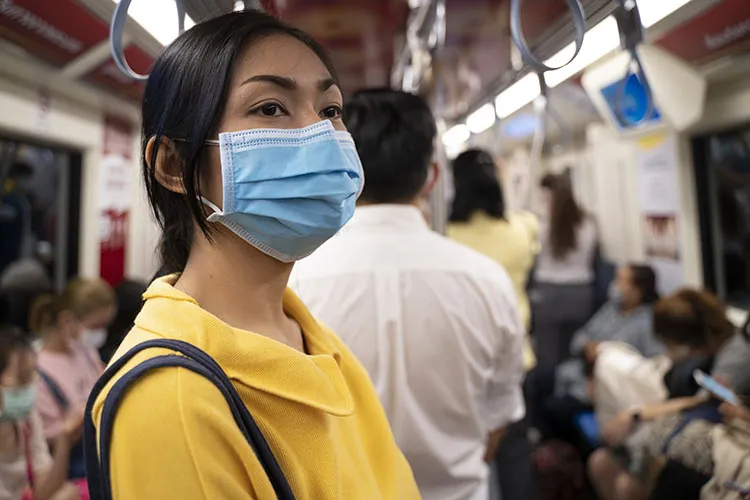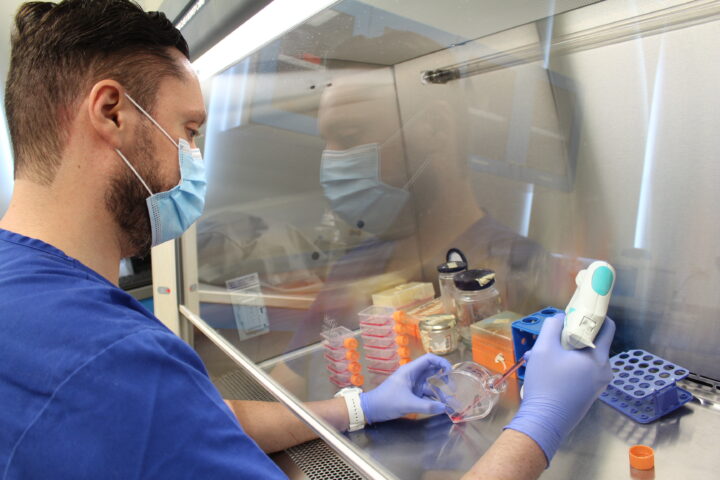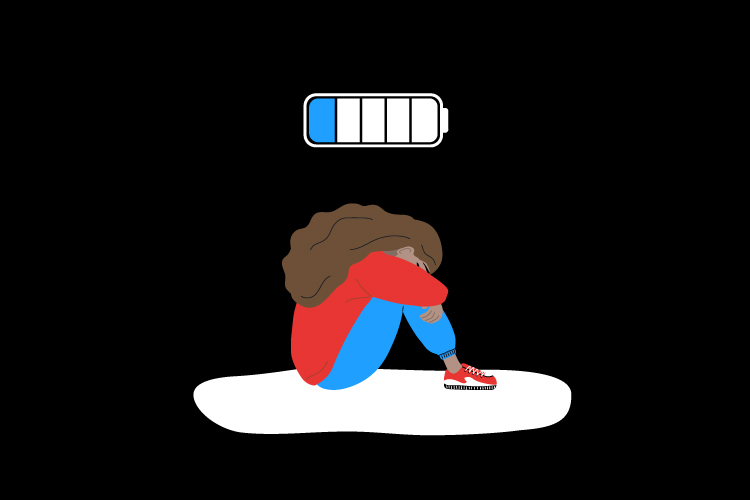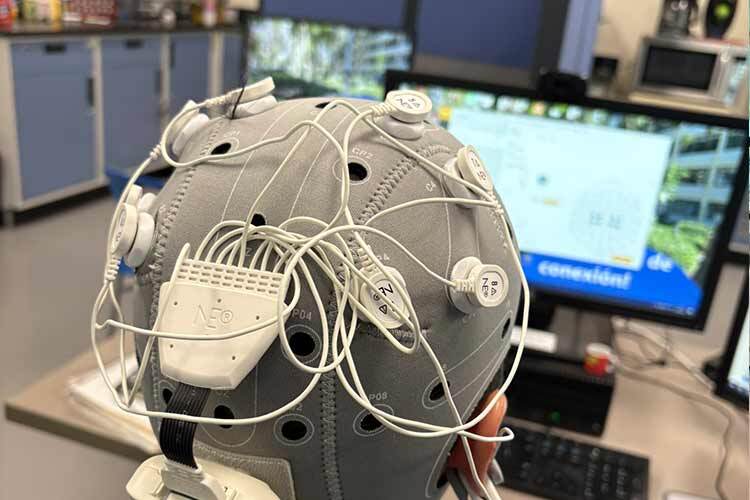From mid-October, the north of China has reported a rise in illnesses similar to the flu in comparison with the same period over the past three years.
On November 23, the World Health Organization (WHO) requested “additional epidemiologic and clinical information, as well as laboratory results” on several “undiagnosed pneumonia outbreaks.”
Medical specialists and scientists explain whether this means sounding the alarm and preparing ourselves for a new pandemic.
8) Let this photo sink in— students in China keep doing homework in the hospital while getting IV fluids.
— Eric Feigl-Ding (@DrEricDing) November 22, 2023
What a world. pic.twitter.com/kATJZ49GZz
What We Know About the Pneumonia Outbreak in China
On November 21, the media and the ProMED system (the largest publicly-available system conducting global reporting of infectious disease outbreaks) reported outbreaks of undiagnosed pneumonia in children in the north of China.
According to the statement from ProMED, the most common symptoms are inflammation of the lungs and a high temperature.
“This mysterious pneumonia has overwhelmed the Beijing Children’s Hospital and another healthcare center to the northeast of Liaoning. This illness is spreading in schools in China and leaving many children hospitalized. Classes are on the brink of being suspended,” says the network.
According to the WHO, it is not clear whether these are related to the general rise in respiratory infections previously reported by the Chinese authorities or they are independent episodes.
This organization has −officially− requested detailed information from China on this rise in respiratory illnesses and on the outbreaks of pneumonia in children.
New Pandemic? Please Don’t Push the Panic Button
Renowned scientists have urged caution regarding fears of another pandemic. “We have to be careful; we really need more information, particularly diagnostic information,” said Marion Koopmans, a Dutch virologist who advised the WHO on Covid-19.
Salvador Peiró, an epidemiologist and researcher at the Health Services and Pharmacoepidemiology Research Area of the Foundation for the Promotion of Health and Biomedical Research of Valencia Region (FISABIO), said that:
“China was the last country to remove its very strict Covid-19 control measures, which notably reduced the circulation of respiratory pathogens (not just SARS-CoV-2) for a long time. It was to be expected that we would have a rebound in all kinds of respiratory infections this fall.”
Sonia Zúñiga, a virologist at the Spanish National Center for Biotechnology (CNB-CSIC) concurred: “taking into account the strict Covid-19 restriction measures that have been removed relatively recently in China, it’s not unusual for all viral and bacterial respiratory infections to rise in general when facing the first winter without them. It’s also not unusual for a significant number of these cases to occur in children, whose prior immunity will be much lower than in other segments of the population.”
Peiró added that the information currently available is insufficient for evaluating the global risk. “If there is a risk −which is unlikely− from the current outbreaks of pneumonia in China, the response from the WHO is appropriate in this context.
Brian McCloskey, a public health expert who also advised WHO on the pandemic, said that “what we are seeing is WHO’s International Health Regulations system in action. I am not going to push the pandemic panic button on the basis of what we know so far, but I will be very keen to see the response to the WHO from China,” he added. (With information from SMC Es & Reuters)


















